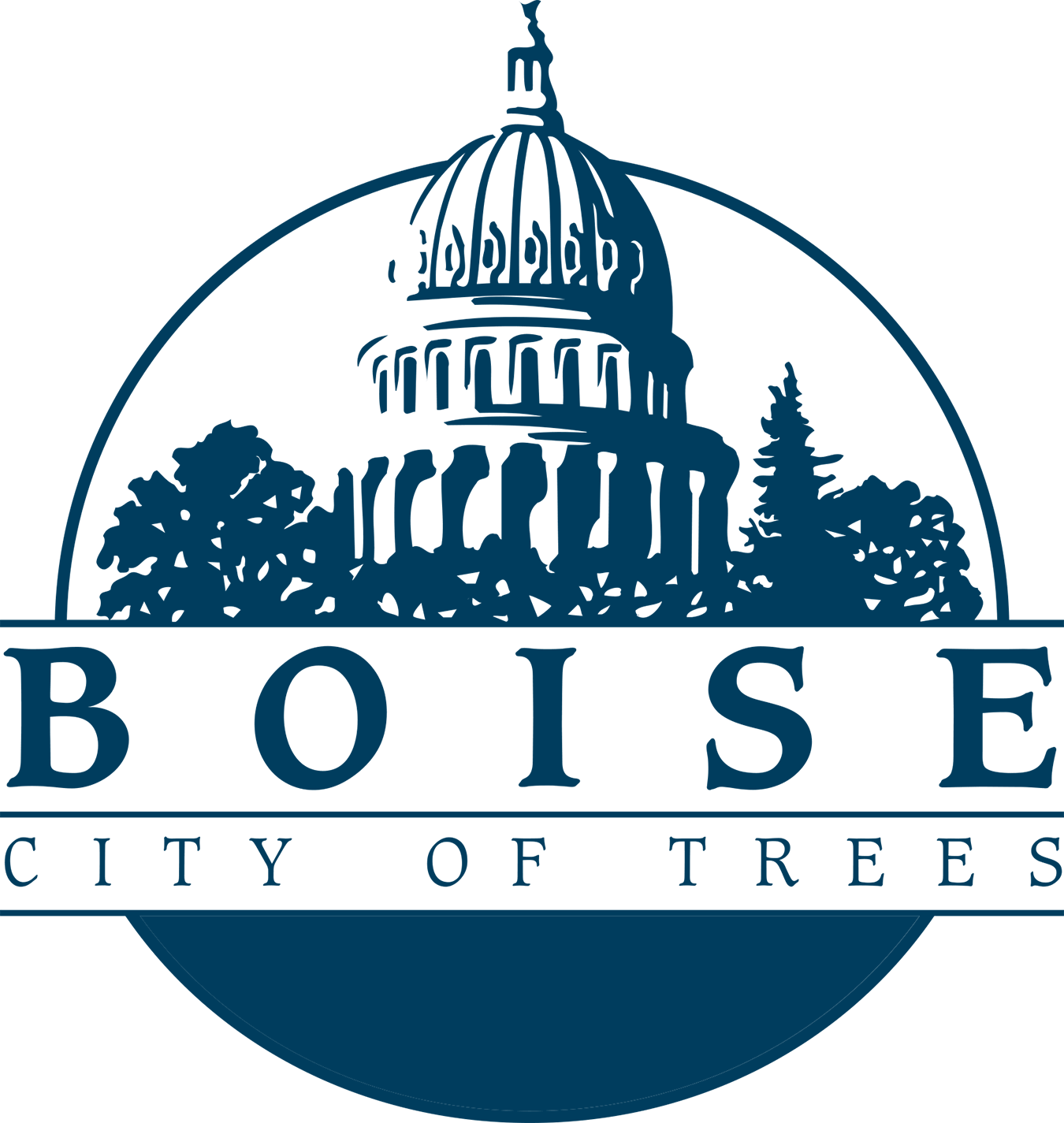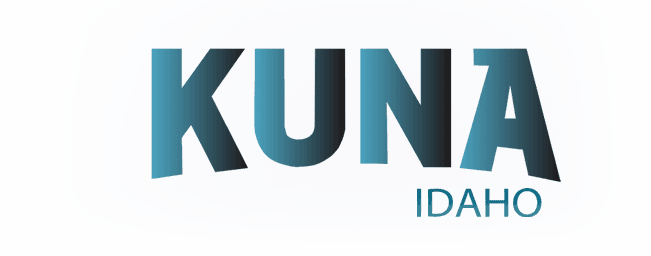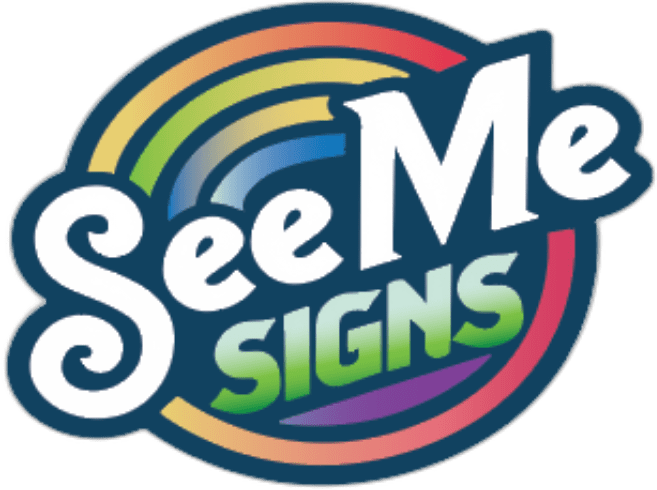
For business owners, understanding local sign regulations is crucial for creating effective and compliant signage. Since regulations can vary significantly between cities, knowing the specific rules for your area is essential to avoid fines and ensure your signs effectively promote your business.
In this guide, we’ll provide an overview of the sign regulations for Boise, Meridian, Eagle, Nampa, and Kuna. Whether you’re opening a new business or updating your signage, this guide will help you navigate the local laws and make informed decisions. For more detailed information, we’ll also provide links to each city’s regulations and application processes.
Why Sign Regulations Matter
Sign regulations are established to maintain the aesthetic appeal, safety, and functionality of public spaces. Adhering to these rules ensures that signage does not obstruct views, distract drivers, or negatively impact the community’s visual landscape. As a business owner, understanding and navigating these regulations can help you make the right choices and avoid costly mistakes.

Boise Sign Regulations
In Boise, specific sign regulations help maintain a safe, functional, and visually appealing environment for both residents and visitors. Understanding these local rules is crucial for business owners to ensure compliance and avoid potential penalties.
Key Points to Consider: Boise’s sign standards aim to:
- Protect public health and safety by ensuring signs are safely constructed and maintained.
- Preserve the city’s aesthetic by preventing visual clutter and maintaining an orderly appearance.
- Ensure that signs do not obstruct traffic views or become safety hazards.
Prohibited Signs: To maintain public safety and community standards, Boise restricts certain types of signs, including:
- Signs attached to natural elements like trees or man-made structures such as poles and fences if visible from public spaces.
- Any sign placed on public street right-of-ways, sidewalks, or bridges without specific authorization.
- Portable signs, roof signs, flashing lights, and other visually distracting or potentially confusing elements.
When Is a Permit Required? Most signs require a permit to ensure they adhere to Boise’s regulations. However, some signs, such as government-authorized notices or small street address signs, are exempt. Temporary signs, like real estate or event banners, also have specific exemptions but must meet defined criteria.
For a complete list of regulations and to apply for a sign permit, visit the Boise City Sign Regulations page or the Sign Permit Application.

Meridian Sign Regulations & Business Permits
In Meridian, business owners must navigate a structured process to obtain the necessary permits for their signage and overall business operations. The City of Meridian offers a comprehensive checklist to guide new businesses through the required steps, ensuring compliance with local regulations and a smooth launch.
Starting a Business in Meridian: Key Permits and Applications
To operate a business in Meridian, you’ll need to ensure your intended business use aligns with local zoning laws and that your building or signage meets all regulatory standards. The process typically involves:
- Use Verification and Zoning Compliance: Before applying for any building or sign permits, verify your business address or parcel number to ensure it matches official records. A Certificate of Zoning Compliance is also required to confirm that your business type is permitted within the designated zone.
- Building Permits: Depending on your business needs, you may require several building-related permits:
- New Commercial Building: Required for constructing a new commercial space.
- Commercial Addition: Needed if you’re expanding an existing building.
- Tenant Improvement: Applies to modifications within an existing space to suit a new tenant’s requirements.
- Electrical, Fire, Plumbing, and Mechanical Permits: Required for specific construction activities, such as electrical work or HVAC installations.
- Sign Permit: Before installing any exterior signage, businesses must obtain a Sign Permit to ensure compliance with local safety and aesthetic standards. This includes signs, banners, and billboards.
To streamline your permit application process, Meridian offers the Citizen Access Portal. Here, you can register, submit applications, and manage all necessary permits online. Access the portal and start your application today.
For a detailed guide on all the required permits and steps to open your business, consult the City of Meridian’s Permit Checklist PDF.

Eagle Permits & Review Guidelines
Sign Permits
In Eagle, all sign installations require a Design Review. This review ensures that signs meet the city’s aesthetic and regulatory standards. The process is as follows:
- Design Review: Submit an application to the Planning and Zoning Department. After approval, there is an appeal period. Once this period is over, you can proceed to the next step.
- Sign Permit:
- Signs Without Electrical: After the appeal period, Planning and Zoning will issue the sign permit, allowing construction to begin.
- Signs With Electrical: Obtain a conditional approval from Planning and Zoning first. Then, apply for an electrical permit from the Building Department. Once approved, provide proof to Planning and Zoning to receive your sign permit.
Design Review Guidelines
Design Review is required for all commercial, industrial, institutional, and residential projects, including new signs and modifications. Key points include:
- Compliance: All projects must adhere to the Eagle Architectural and Site Design Book (EASD) and City Code Article A. The EASD Book details specific architectural styles and design elements required.
- Development Areas: Projects in designated areas (Downtown Development Area, Transitional Entry Development Area, Community Entry Development Area, and Dunyon/State Development Area) must follow additional design guidelines.
- Application Types:
- General Design Review: For most projects.
- Board-Level Design Review for Signs: Required for new signs or those under a Master Sign Plan.
- Staff-Level Design Review for Signs: For minor sign alterations.
Timelines:
- Staff-Level Review: Approximately 3-4 weeks, including a 10-day appeal period.
- Board-Level Review: About 35 days, including multiple review meetings and a final City Council decision.
For a more detailed overview and to apply for permits, visit Eagle’s Sign Permits Page.

Nampa Sign Permits & Review Process
Sign Permits
In Nampa, obtaining a permit for constructing a sign involves several key steps:
- Plan Review and Submittal:
- Turnaround Times: Sign review typically takes 5-7 working days, but this can vary based on the completeness of the plans, project size, and current workload.
- Incomplete Applications: If required information is not provided within 10 days, the application may be voided.
- Permit Application:
- Completeness: Applications must be fully completed and include the Sign Checklist. Missing or incomplete information will delay processing.
- New Construction Projects: Must include a legal description of the property with the application.
- Additional Materials: Submit all requested materials from the Plan Review Checklist, which may include engineering calculations.
For detailed information and to access the necessary forms, refer to City of Nampa Sign Code and Permits Page or Nampa’s permit guide.

Kuna Sign Regulations& Application
Sign Regulations
In Kuna, sign regulations are outlined in the updated city ordinances:
- Commercial and Manufacturing Districts:
- On-Premises Signs: Each business is allowed one flat or wall sign, with a maximum area of 100 square feet. Projection from the wall should not exceed 2 feet. The sign area can be up to 1.5 square feet per lineal foot of building width but must not exceed 100 square feet.
- Off-Premises Signs: Up to two off-premises signs are permitted at a single location, with a combined area of 600 square feet. No single sign can exceed 1,200 square feet. Signs must be spaced at least 200 feet apart and conform to yard and height regulations. Signs visible from elevated highways cannot be more than 20 feet above the roadway. Structural supports must be concealed.
- Free-Standing Signs: Allowed up to 30 feet in height with a maximum area of 100 square feet per display area. Signs must be set back at least 10 feet from any street right-of-way and 30 feet from any lot line. Only one free-standing sign per building is permitted.
- Special Use Permits:
- Certain signs may be allowed with a special use permit from the Planning and Zoning Commission.
For additional details on doing business in Kuna visit this page or access the application now.
Navigating sign regulations can seem complex, but understanding these requirements is crucial for ensuring your signage is both compliant and effective. Each city in the Boise Metro area has its own set of rules designed to enhance safety, maintain aesthetic standards, and support local businesses. By staying informed and working with professionals who know the ins and outs of these regulations, you can make the best decisions for your business signage.
Ready to boost your business visibility with stunning, compliant signage? Get your free quote on your next signage project with See Me Signs today! Our team of experts will guide you through the process, ensuring your signs meet all local regulations and help your business stand out. Get Your Free Quote Here!
